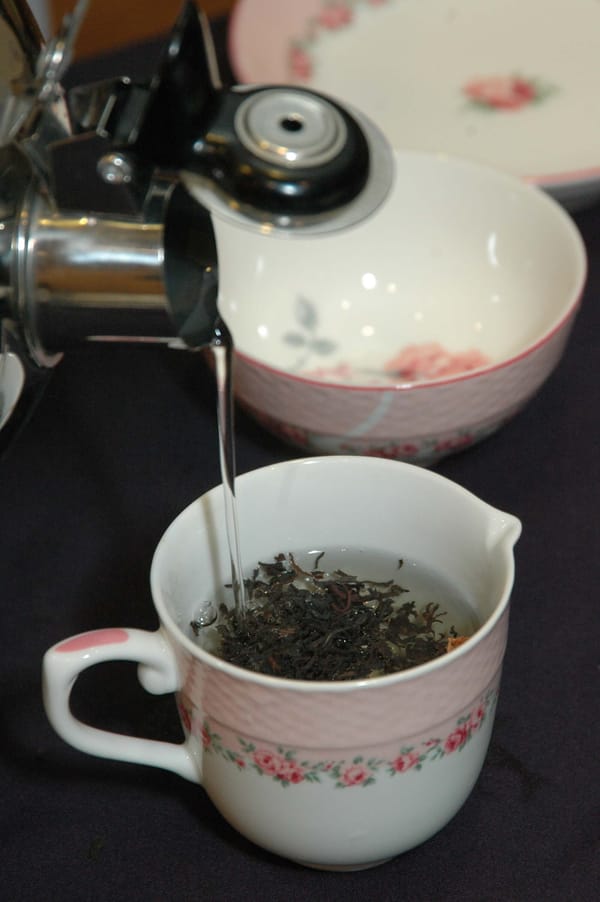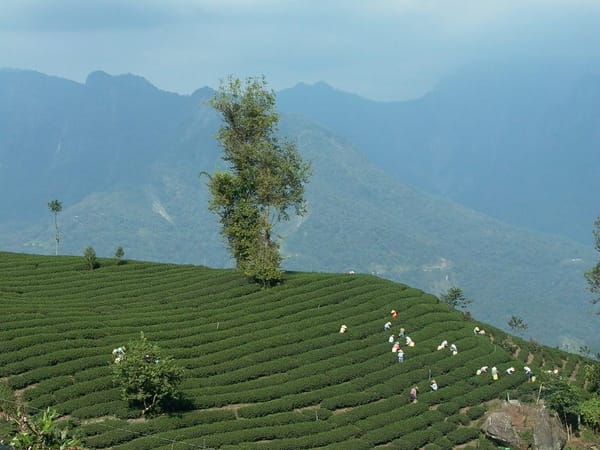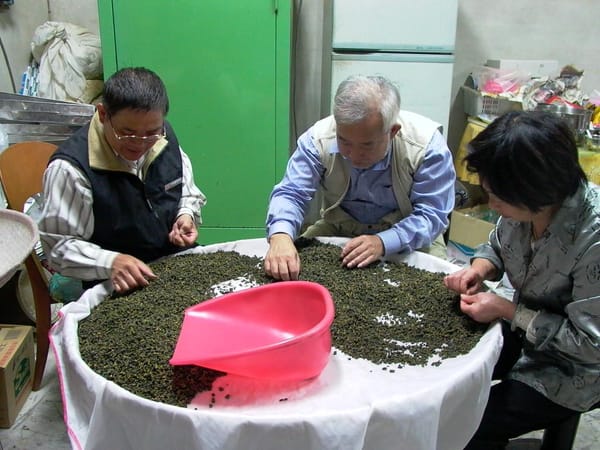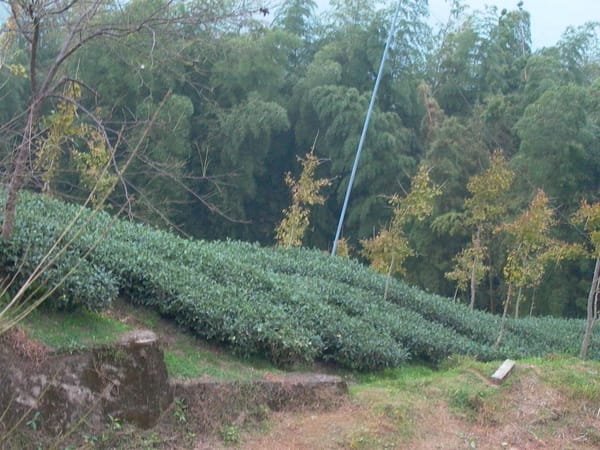Have you ever found yourself confused by labels like FOP, BOP, and CTC while browsing a specialty tea store? These seemingly cryptic abbreviations are actually key codes in the international tea grading system. Mastering them allows you to easily assess tea quality and select the right tea for your taste.
Core Principles of the Tea Grading System
The tea grading system is primarily based on the plucking standard, leaf wholeness, and processing method. Originating during the British colonial era, this classification is still widely used in international tea trade today. Grades not only reflect the appearance of the tea but also directly influence the flavor profile and market price.
FOP (Flowery Orange Pekoe) stands for "Flowery Orange Pekoe" and is a top-grade whole-leaf tea. It consists of young tips with a bud and two leaves, rich in fine hairs and fragrance. The infusion is clear and bright with a lasting, elegant aroma.
BOP (Broken Orange Pekoe) refers to "Broken Orange Pekoe," a broken-leaf grade. Though the leaves are broken, they still retain quality and brew quickly, yielding a stronger infusion ideal for daily consumption.
CTC (Crushing, Tearing, Curling) is a product of modern mechanized processing. Leaves are crushed, torn, and curled into pellets—perfect for tea bags due to quick steeping and bold flavor.
Let’s dive deeper into each grade’s subcategories, quality characteristics, and how to apply this knowledge in real-world tea selection.
Whole Leaf Grades: The Pinnacle of Original Flavor
Whole-leaf teas are considered the highest expression of tea quality. FOP (Flowery Orange Pekoe) represents this grade and requires strict plucking of a bud and two leaves. Leaves are kept intact and naturally shaped, preserving the original flavor through gentle processing.
An even higher grade, FTGFOP (Finest Tippy Golden Flowery Orange Pekoe), contains abundant golden tips and is often called the “Champagne of Tea.” Rare and expensive, it produces amber-colored liquor with complex aromas—a favorite of collectors and connoisseurs.
OP (Orange Pekoe) is slightly lower in grade but still premium. The leaves are larger and more mature, lacking tips but offering a smooth, well-balanced flavor—ideal for daily drinking. These teas take longer to steep and are best brewed at 85–95°C for 3–5 minutes.
Broken Leaf Grades: A Practical Balance of Quality and Convenience
Broken-leaf teas offer a smart middle ground between quality and ease of use. BOP (Broken Orange Pekoe) is the standard grade in this category, featuring partially broken leaves that steep faster while preserving much of the tea’s essence.
Subgrades include FBOP (Flowery Broken Orange Pekoe) with more tips and aroma, and GBOP (Golden Broken Orange Pekoe) with a higher proportion of golden buds for richer flavor.
BOPF (Broken Orange Pekoe Fannings) is a finer, smaller grade but still retains quality. It brews quickly and is often used for milk tea or spiced tea, holding its flavor even with added ingredients.
These teas can be brewed with 90–95°C water for 2–3 minutes. Because they steep quickly, careful timing is essential to avoid over-extraction and bitterness.
CTC Processing & the Rise of Modern Tea Culture
CTC (Crushing, Tearing, Curling) is a modern innovation that transformed how tea is produced and consumed. This method creates uniform pellets that offer faster steeping and strong flavor.
The biggest advantage of CTC tea is speed—it brews in 1–2 minutes with a robust taste, making it ideal for tea bags and mass-market blends. Widely used in India and Sri Lanka, CTC caters to global demand for convenient black tea products.
While CTC lacks the nuance of whole-leaf tea, it delivers bold color and taste. It’s especially suited for milk tea, and many English breakfast teas use this method for consistency and convenience.
For today’s fast-paced lifestyles, CTC tea is a practical solution—no need for elaborate teaware or long wait times. Just brew and enjoy rich tea flavor anywhere, anytime.
Practical Buying Tips: Applying Grading Knowledge
Once you understand the grading system, how do you use it to buy tea? First, identify your preference. If you value flavor depth, go for FOP or higher whole-leaf grades. For everyday ease, BOP is a solid choice. If speed is key, CTC is your go-to.
Besides grade labels, look at appearance—good tea should have even color, minimal dust, and no odd smells. Dry tea should smell clean or reflect its origin; avoid musty or stale aromas.
Price is another indicator. Whole-leaf teas tend to cost more, and teas with more tips are priced higher within the same grade. But ultimately, the best tea is the one that suits your taste.
Buy from reputable tea vendors or brands to ensure quality and receive helpful brewing advice. Remember, grading knowledge is just the beginning—the real joy lies in experiencing each cup’s unique character and exploring the vast world of tea.





